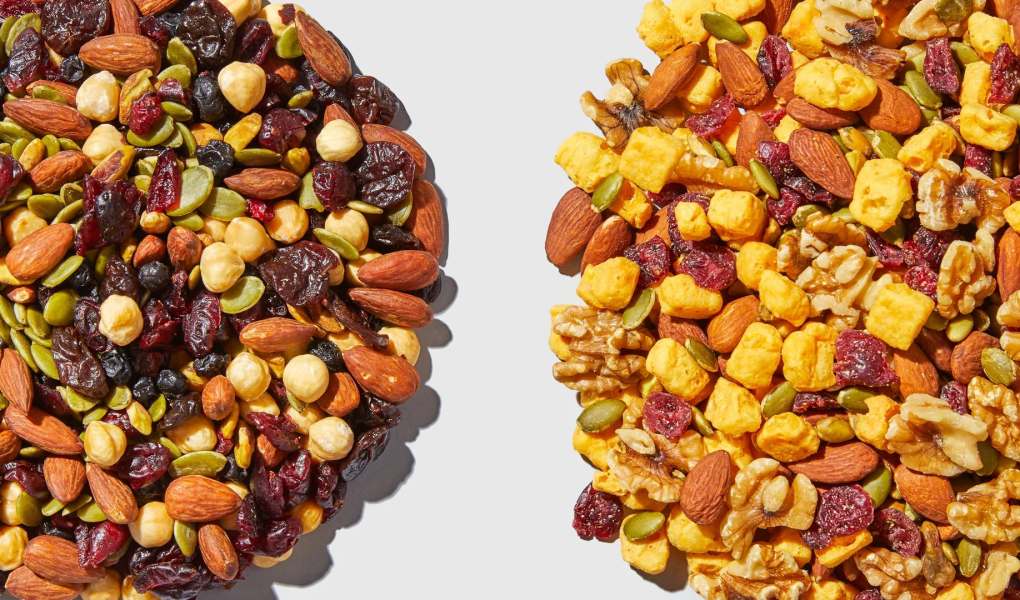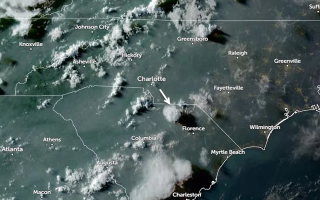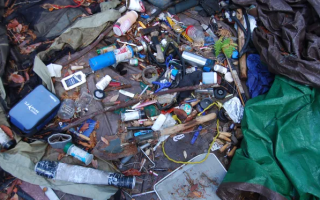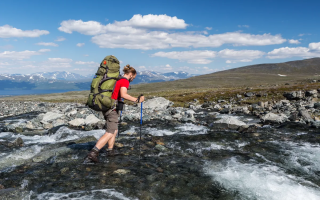Hiking is an endurance game of fuel management
Have you ever felt your legs turn to lead and your energy depleted during the latter stages of a hike? This is often not a matter of physical limits, but rather poor energy management. Savvy hikers understand that consistently fuelling this intricate machine called the body with the right nutrients is key to walking further and more comfortably.
I. Energy Foundations: Understanding the Three Major Nutrients
Carbohydrates (Quick-Fill & Slow-Fill):
Function: Primary energy source, providing rapid fuel.
When to consume: Continuous replenishment during activity.
What to eat: Energy gels, dried fruit, bread, bananas (quick-fill); oats, wholemeal crackers (slow-fill).
Protein (The Repair Crew):
Function: Repairs muscle tissue and provides sustained energy.
When to eat: Breakfast, lunch, dinner, and post-hike.
What to eat: Beef jerky, nuts, protein bars, tofu products.
Fat (The Long-Lasting Battery):
Function: High-density energy source for prolonged, low-intensity activities.
When to eat: Moderate intake throughout the day.
What to eat: Nuts, cheese, dark chocolate.
II. Practical Strategy: What and When to Eat
Pre-hike (1-2 hours): Stockpile ‘Slow-Release’ Energy
Objective: Boost muscle glycogen stores, prevent sharp blood sugar fluctuations.
Recommendations: A bowl of oatmeal, a wholemeal sandwich, a banana. Avoid high-sugar, high-fat foods.
During Hike (Every 45-60 Minutes): Sustained ‘Quick Replenishment’
Objective: Maintain stable blood sugar levels to prevent energy depletion.
Strategy: ‘Eat small, frequent meals.’ Do not wait until hungry to eat!
Recommendations: Energy bars, dried fruit, nuts, sweets. Each snack should provide approximately 100-200 calories.
After Hike (Within 30 Minutes): Golden Recovery Window
Objective: Replenish glycogen stores and repair muscles.
Recommendations: Consume carbohydrate-protein combinations such as chocolate milk, protein shakes, or rice with meat.
III. Hydration and Electrolytes: Essential Catalysts
Dehydration directly causes fatigue and diminished athletic performance.
Strategy: Sip water every 15–20 minutes. Do not wait until thirsty!
Electrolytes: In hot weather or during extended hikes, perspiration depletes significant electrolytes. Replenish via electrolyte tablets, sports drinks, or salt capsules to prevent cramps and water intoxication.
IV. Personalise Your Energy Strategy
Log and Adjust: Record energy levels during varied hikes to gradually identify optimal food combinations and consumption rhythms.
Listen to Your Body: A slight pang of hunger signals it’s time to eat; intense hunger means you’ve already delayed too long.
The secret of elite hikers lies not in stronger muscles, but in smarter energy management. Master the principles of ‘eating small, frequent meals and staying consistently hydrated,’ and you’ll bid farewell to hitting the wall, enjoying endless hiking pleasure.



